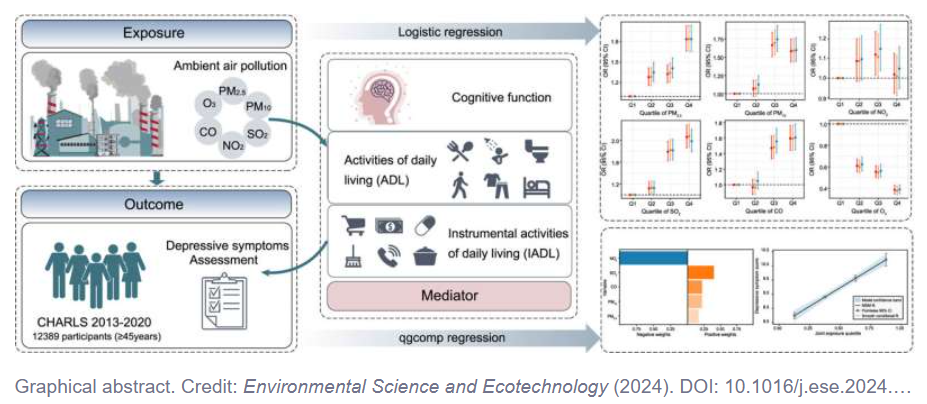
A study published in Environmental Science and Ecotechnology has revealed a strong connection between long-term air pollution exposure and an increased risk of depression. The research, led by Harbin Medical University and Cranfield University, analyzed data from over 12,000 participants in the China Health and Retirement Longitudinal Study (CHARLS).
The study identifies sulfur dioxide (SO₂) as the most significant contributor to depression risk, with fine particulate matter (PM2.5) and carbon monoxide (CO) also linked to depressive symptoms. These pollutants were found to have a compounded impact when combined, highlighting the dangers of multi-pollutant exposure.
The research also explored potential mechanisms, finding that cognitive and physical impairments partially mediate the link between pollution and depression. The findings emphasize the mental health risks posed by environmental pollutants and call for urgent action to reduce their levels.
“Our findings underscore the critical need for integrated air quality management to improve both physical and mental health,” the authors noted. Targeting SO₂ and other key pollutants could significantly alleviate the public health burden of depression, particularly among vulnerable populations like middle-aged and older adults.
With millions exposed to unsafe air quality levels worldwide, this study highlights the intersection of environmental and mental health challenges, calling for stricter pollution controls and targeted interventions.
Provided by Eurasia Academic Publishing Group
Article Credit: phys